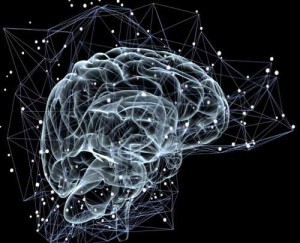 To assess the capacity of clinically available visual versus verbal working memory (WM) tests to differentiate between mild cognitive impairment (MCI) and subtle cognitive impairment (SCI) patients.
To assess the capacity of clinically available visual versus verbal working memory (WM) tests to differentiate between mild cognitive impairment (MCI) and subtle cognitive impairment (SCI) patients.
Methods: Graphomotor visual WM was assessed with the Object Span Test (OST) and Wechsler Memory Scale-IV Symbol Span (WMS-IV SS). Verbal WM was assessed with the Backward Digit Span Test (BDT) and the Wechsler Adult Intelligence Test-IV Digit Backward Subtests (DBT). Jak, Bondi et al., (2009) criteria diagnose single and multi-domain MCI using neuropsychological tests where scores fell below <1sd on two measures within at least one cognitive domain. SCI was diagnosed in patients scored below <1sd on two measures in different cognitive domains.
Results: Analyzing the entire sample (n= 51) with two single group tests (criteria, z= 0.00; 50th percentile) found WMS-IV SS performance to be statistically below criterion (M Symbol Span= -0.32 ± 0.74; p< .005), whereas WAIS-IV DBT performance was statistically above criterion (M= 0.30 + 0.91; p< .020). Within group comparisons found better WAIS-IV Digits Backward performance compared to WMS-IV SS test performance for SCI (p< .005) and mxMCI (p< .040) groups. Looking at OST and BDT we find that SCI outperformed MCI for serial positions 1 and 2, and SCI participants outperformed MCI on the 5th serial order position, respectively.
Conclusion: Visual WM tests are not routinely used to assess for MCI or SCI and the determination of prodromal dementia. Visual WM tests could be more sensitive than verbal WM tests in identifying potentially emergent illness.
Created by Sheina Emrani
